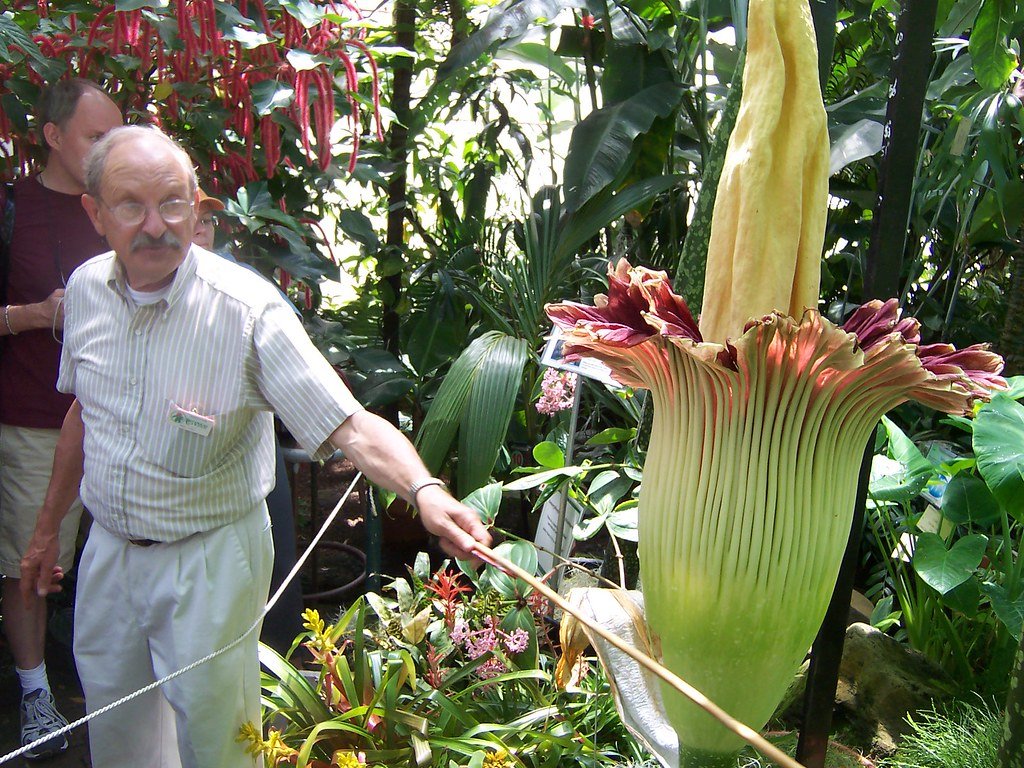Imagine walking through a lush rainforest, sunlight streaming through green canopies, when suddenly an overwhelming stench stops you in your tracks. It’s not a decaying animal you smell, but a flower in full bloom. This shocking, almost grotesque strategy isn’t a mistake of nature—it’s one of its most brilliant seductions. Some of the world’s most fascinating plants, including the infamous corpse flower, lure their “lovers” not with sweet perfume, but with the unmistakable scent of death. What could possibly drive a flower to smell like rotting flesh? The answer is as strange as it is ingenious, pulling us into the bizarre and wondrous world of plants that use the macabre to survive and thrive.
The Corpse Flower: Nature’s Master of Disguise
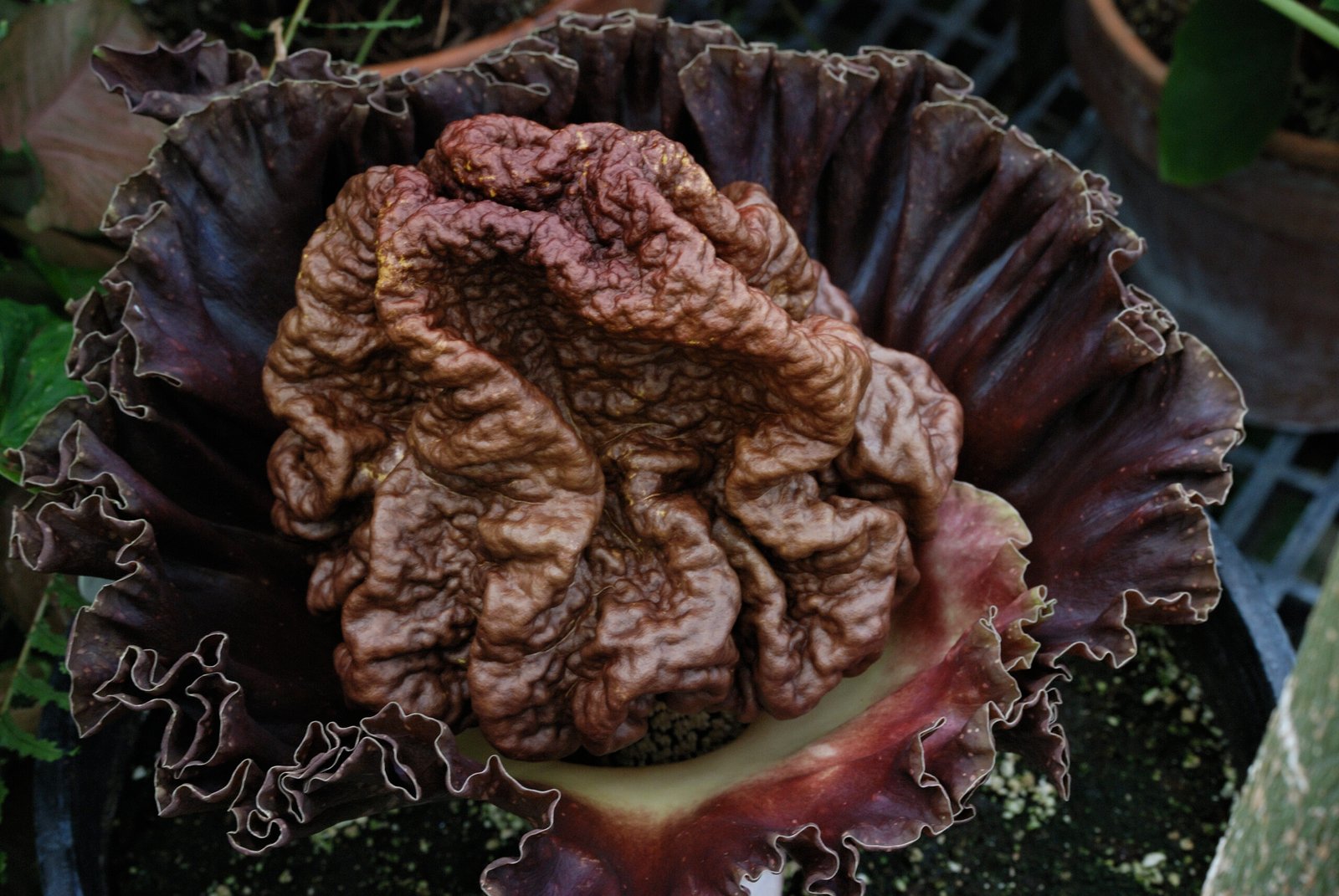
The titan arum, better known as the corpse flower, is one of the most famous plants for its revolting aroma. Native to the rainforests of Sumatra, this giant can grow over ten feet tall, producing a single, massive bloom that reeks of decomposing meat. The scent is so powerful it can be detected from hundreds of feet away. Unlike roses or lilies, the corpse flower doesn’t attract butterflies or bees. Instead, it targets a very different clientele: carrion beetles and flesh flies, insects that are naturally drawn to the smell of rot because it signals a food source or a place to lay eggs. By mimicking the allure of decaying flesh, the corpse flower tricks these insects into visiting and pollinating it, ensuring the continuation of its species.
Why Smell Like Death? The Science Behind the Stench
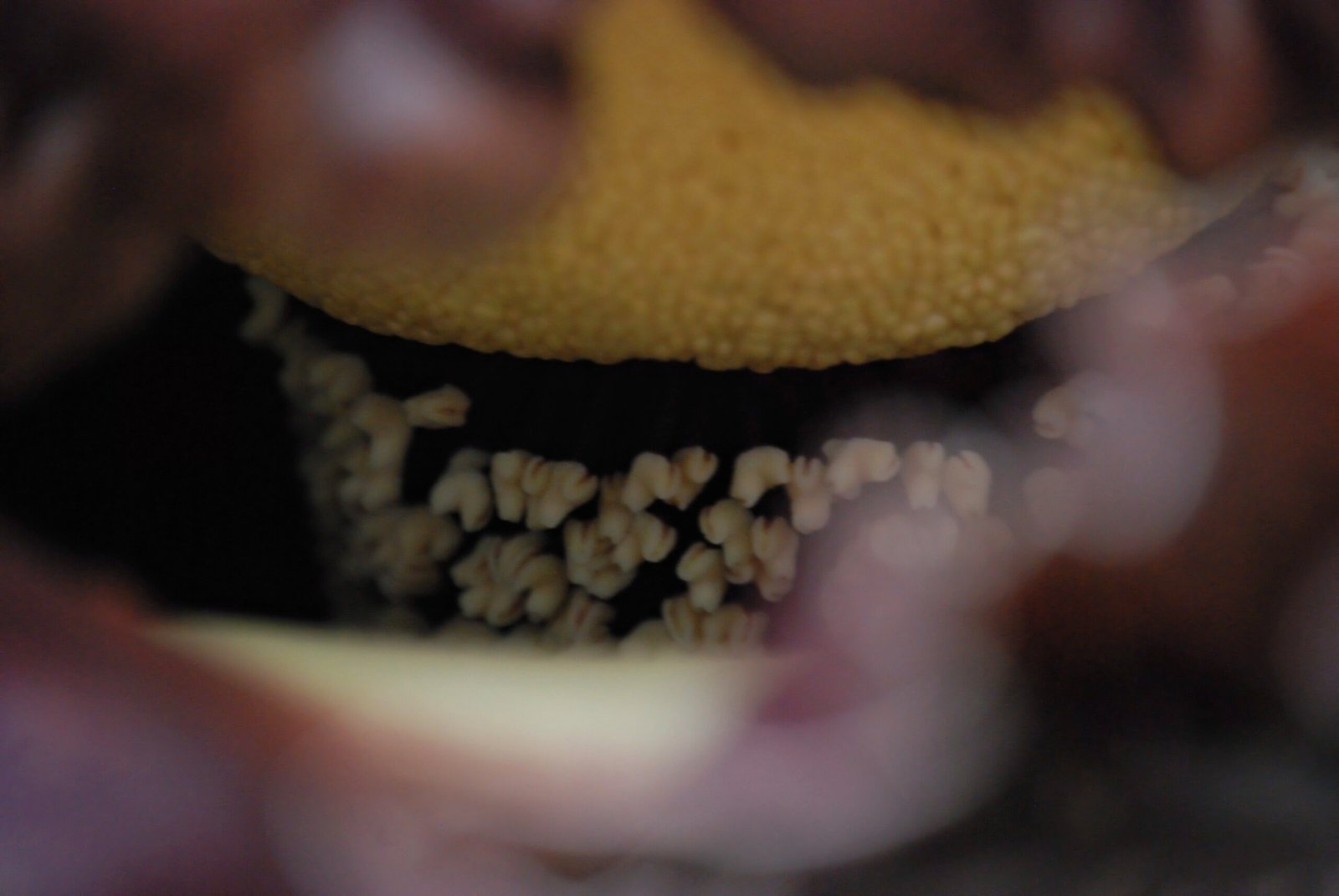
It might seem counterintuitive for a flower to smell repulsive, but in the complex dance of evolution, every trait serves a purpose. The foul odor of the corpse flower is actually a sophisticated cocktail of chemicals, including dimethyl trisulfide (the same compound found in rotting cabbage and onions), putrescine, and cadaverine—compounds released by decomposing bodies. These molecules perfectly mimic the scent profile of decaying meat. For pollinators like beetles and flies, this is irresistible. The flower’s timing is also crucial; it often blooms at night, when these insects are most active, and heats up to further spread its aroma, ensuring maximum pollinator attendance.
The Pollinators: Lovers Lured by Rot
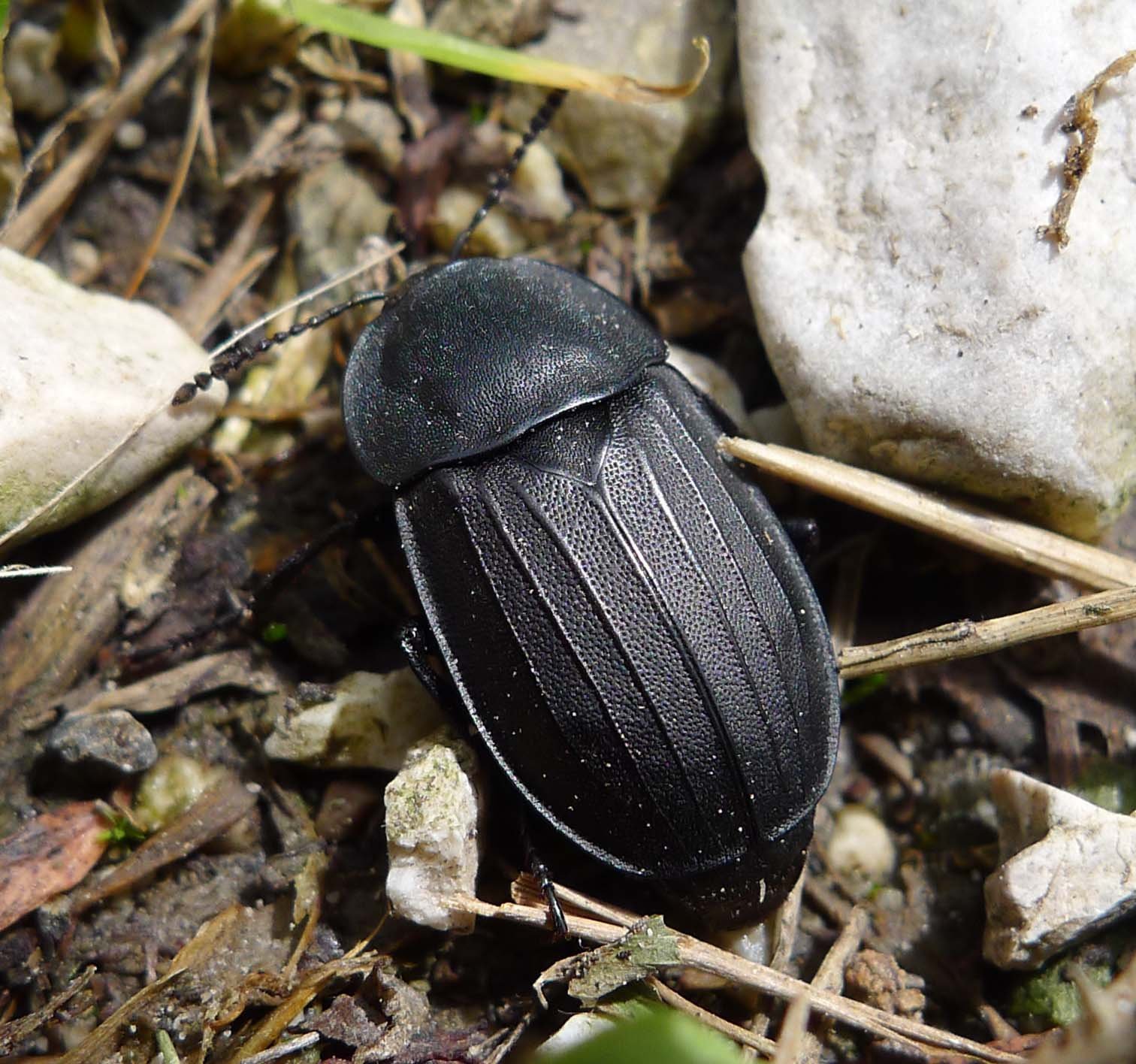
While the word “lover” might conjure images of bees and butterflies floating from petal to petal, the partners of the corpse flower are much grittier. Carrion beetles and flesh flies, drawn in by the promise of a meal or a nursery for their young, are the unwitting matchmakers of these plants. Once inside the flower, these insects get coated with pollen while searching for the source of the stink. When they move on to the next corpse flower, they transfer the pollen, making fertilization possible. This relationship is a perfect example of nature’s ability to turn something revolting into something necessary and beautiful.
Other Plants That Play the Same Game
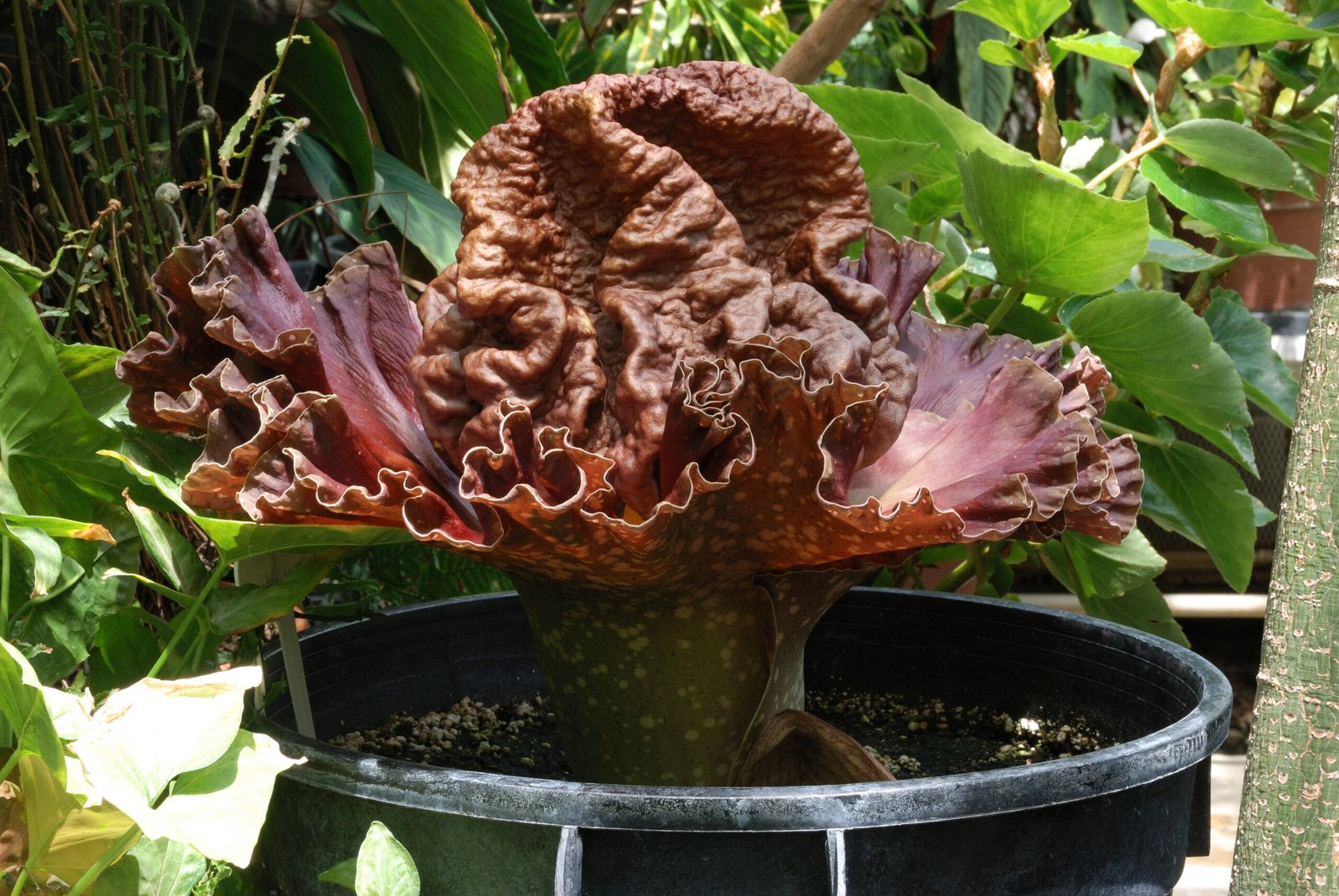
The corpse flower isn’t alone in its morbid strategy. The voodoo lily, the stinking corpse lily (Rafflesia arnoldii), and the dragon arum are just a few examples of plants that use foul odors to attract pollinators. Rafflesia, for instance, produces the largest individual flower on Earth—sometimes over three feet across—and emits an odor so strong that it can make people gag. These flowers often have mottled, reddish patterns on their petals, mimicking the appearance of raw meat to complete the illusion. Such adaptations show that the “smell of death” is a winning formula in the plant kingdom for certain species.
The Role of Heat in Spreading the Aroma
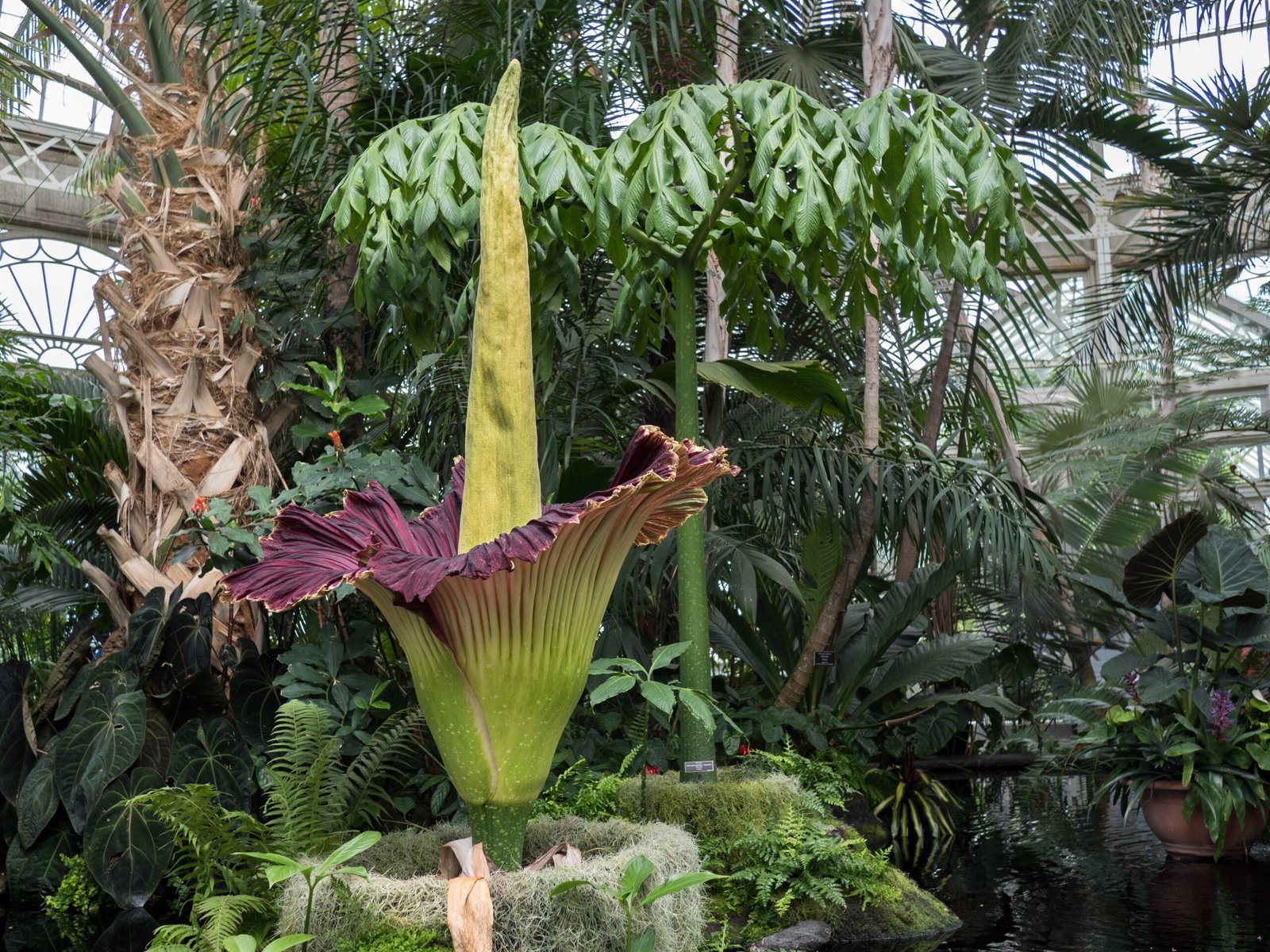
The corpse flower and its kin don’t just rely on scent alone. Many of these plants generate heat during blooming, a phenomenon known as thermogenesis. This warming effect helps to volatilize the scent molecules, causing the odor to travel further and faster through the air. Some flowers can raise their temperature by as much as 10 degrees Celsius above the surrounding air, creating a warm, muggy microclimate that is especially inviting to their target pollinators. Heat also mimics the conditions of a real carcass, making the illusion even more convincing for insects.
A Rare and Short-Lived Spectacle
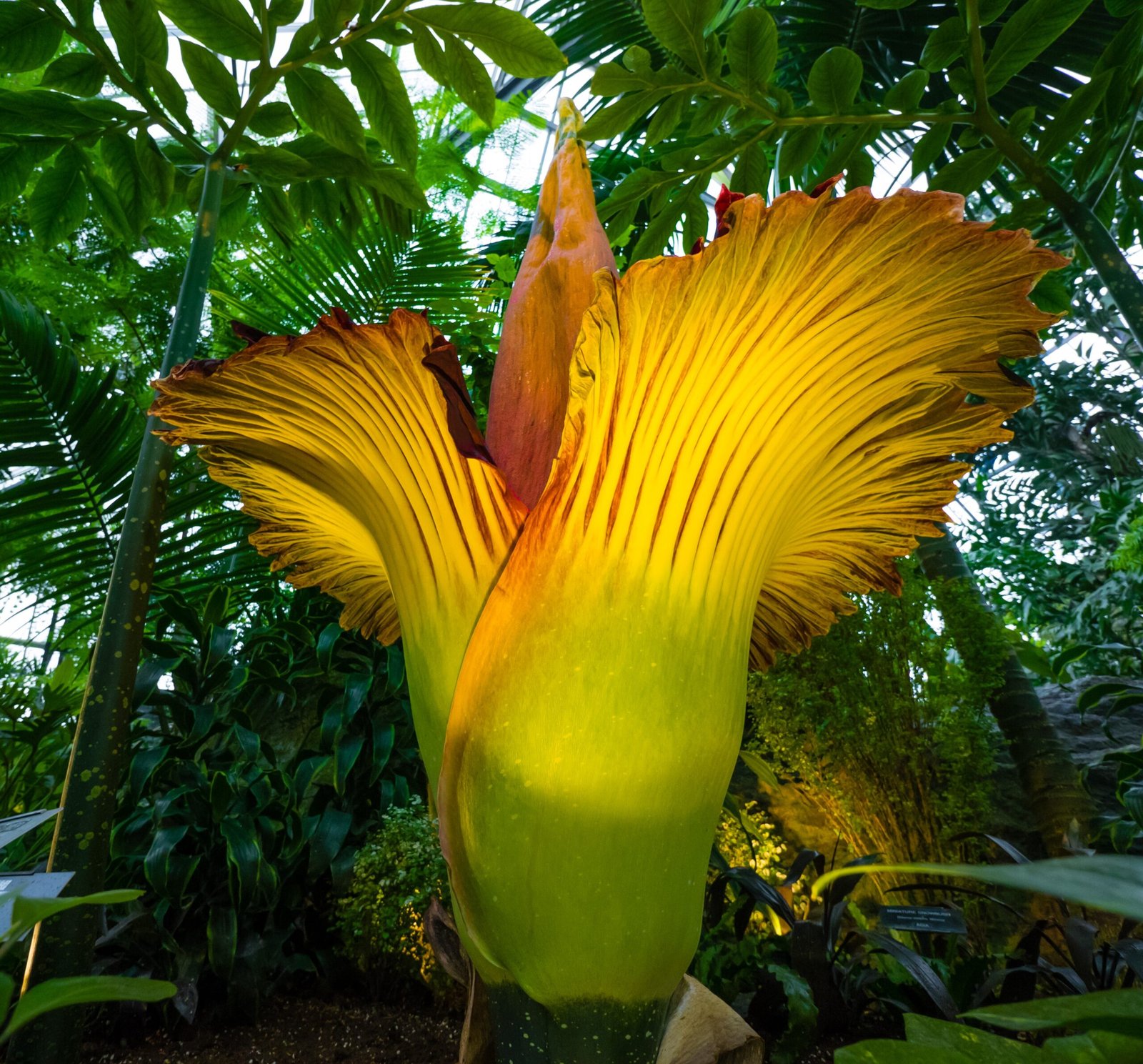
Experiencing a corpse flower in bloom is a rare treat, as the plant can go years or even decades between flowerings. When it does bloom, the event lasts only a day or two before the flower collapses. Crowds often gather at botanical gardens to witness this unusual spectacle, braving the nauseating stench for a glimpse of one of nature’s strangest wonders. The fleeting nature of the bloom adds to its mystique, making every appearance a celebrated event in the world of horticulture and plant science.
Evolution’s Dark Romance: Survival by Deception
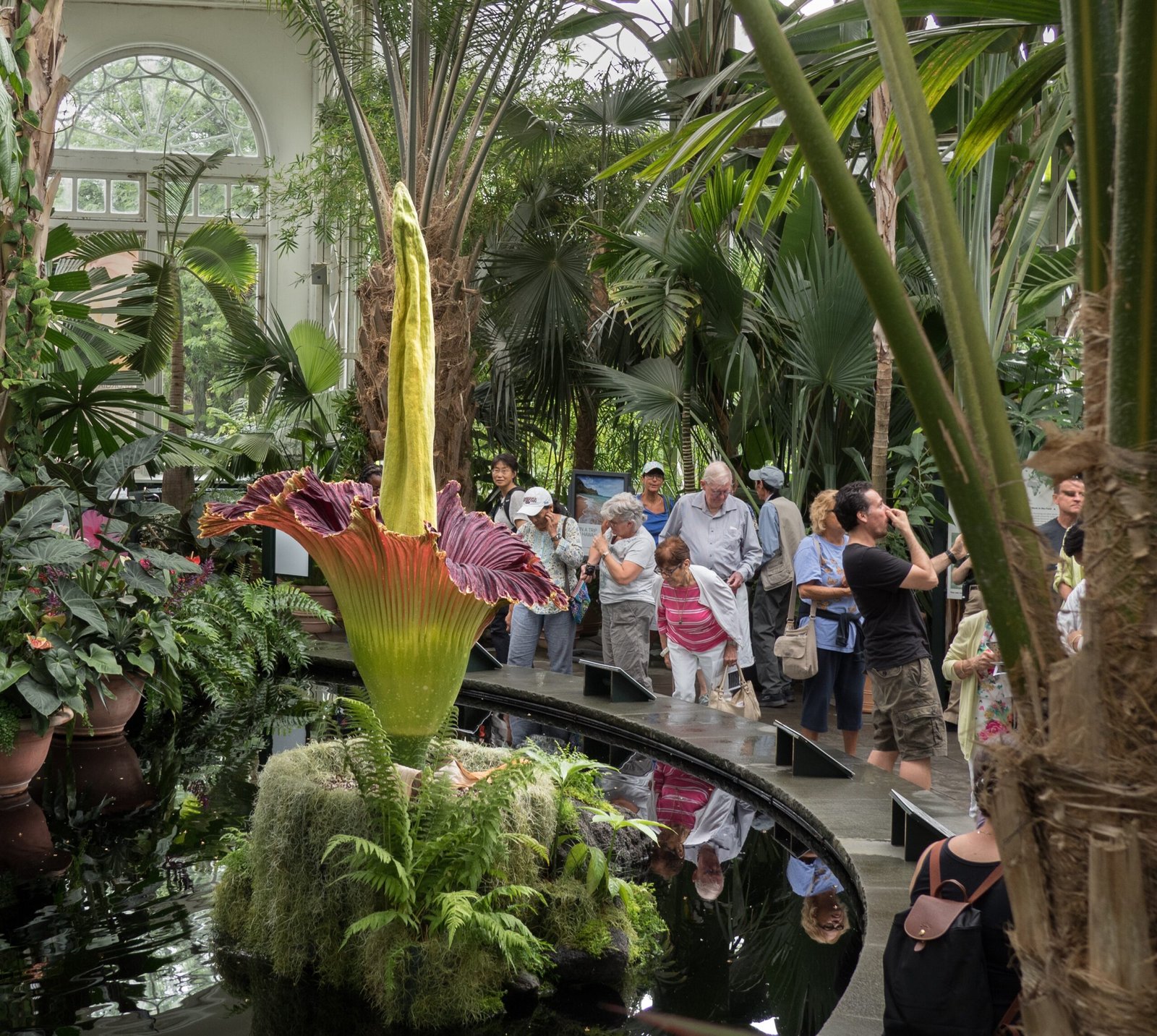
The evolution of carrion-mimicking flowers is a testament to nature’s creativity and resourcefulness. In habitats where typical pollinators are scarce, these plants have found a unique niche by courting the “lovers” of decay. By copying the cues that signal a feast to flies and beetles, they ensure their own survival. This deception might seem dark, but it’s a brilliant strategy that highlights the endless inventiveness of the natural world. The grotesque becomes gorgeous, and even the most off-putting traits can hide a deeper beauty.
The Human Fascination with the Revolting
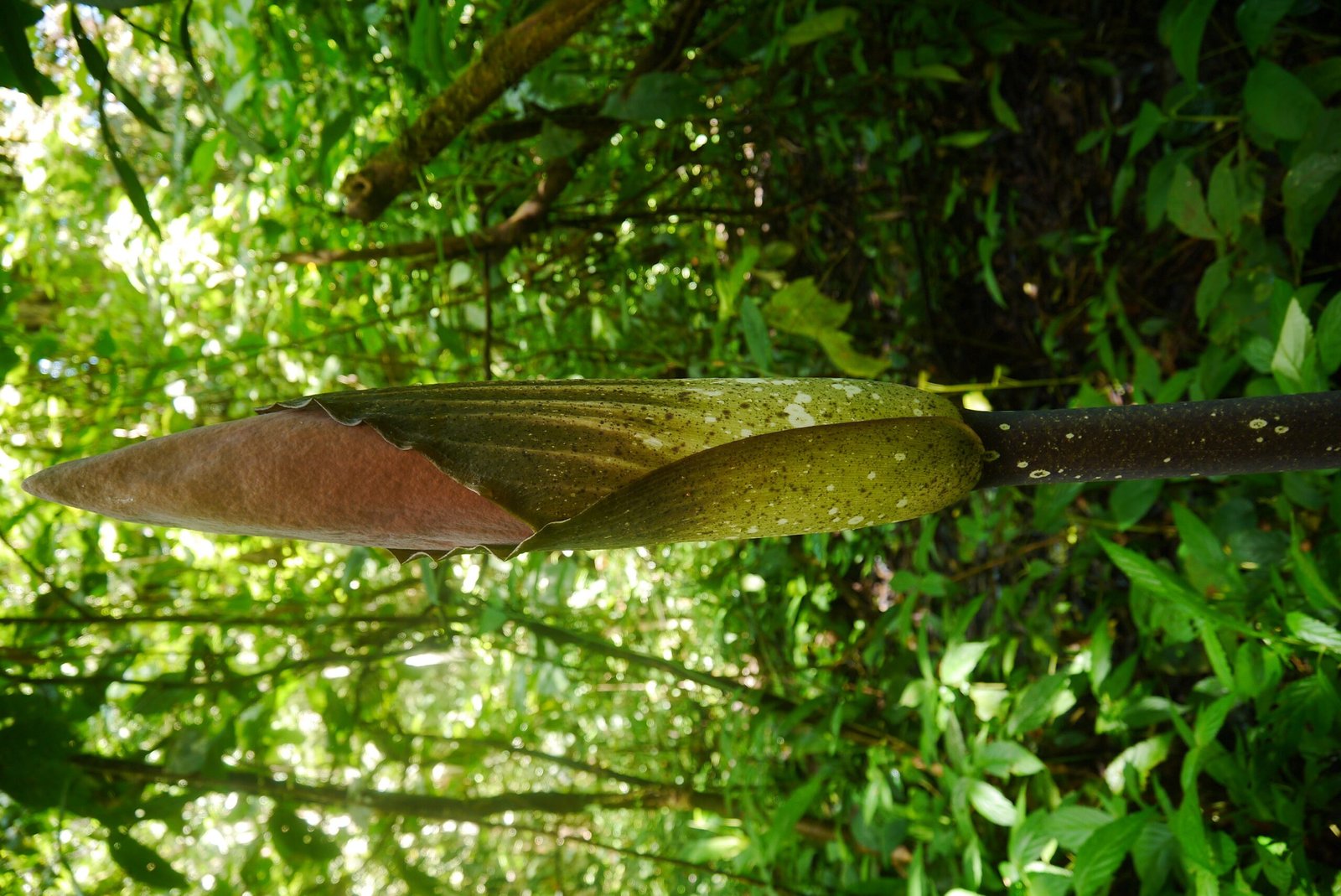
Despite their horrific smell, corpse flowers have become celebrities in the plant world. People flock to botanical gardens, sometimes waiting for hours in line, just for a chance to see—and smell—these giants. There’s something irresistible about the strange and the shocking. Perhaps it’s the thrill of encountering something so different from the everyday, or maybe it’s a reminder of the wild, unpredictable side of nature that we often forget. These flowers challenge our definitions of beauty and invite us to see the natural world through new eyes.
Conservation Challenges for Corpse Flowers
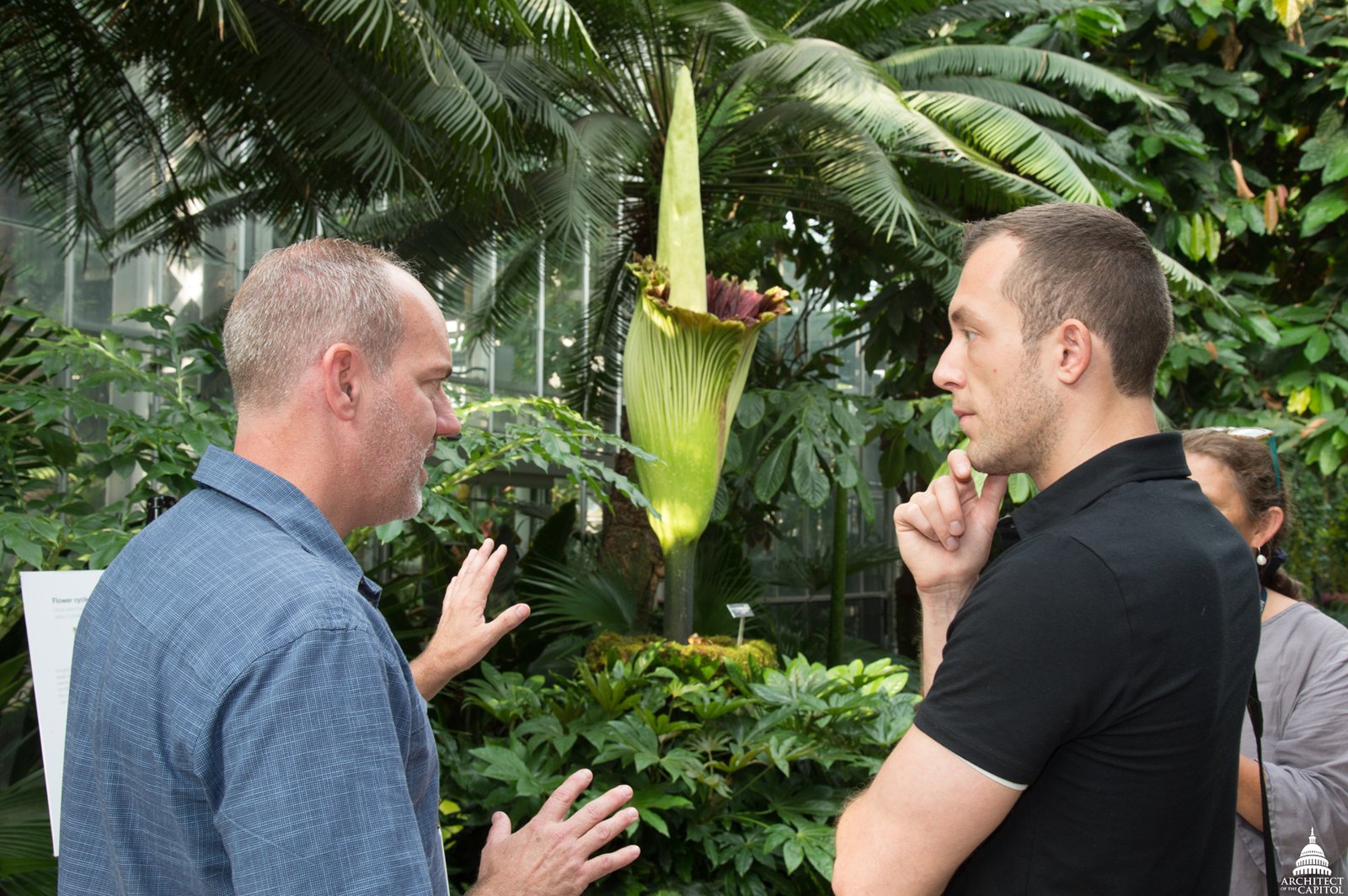
Sadly, many of the world’s corpse flowers are under threat in their natural habitats. Deforestation, habitat loss, and illegal collection have put species like the titan arum and Rafflesia at risk. Their complex life cycles and slow growth make them especially vulnerable. Conservationists are working to protect these remarkable plants through habitat preservation, seed banks, and cultivation in botanical gardens. The survival of these flowers depends on our willingness to value even the strangest and most misunderstood members of the plant kingdom.
Lessons from a Flower That Smells Like Death
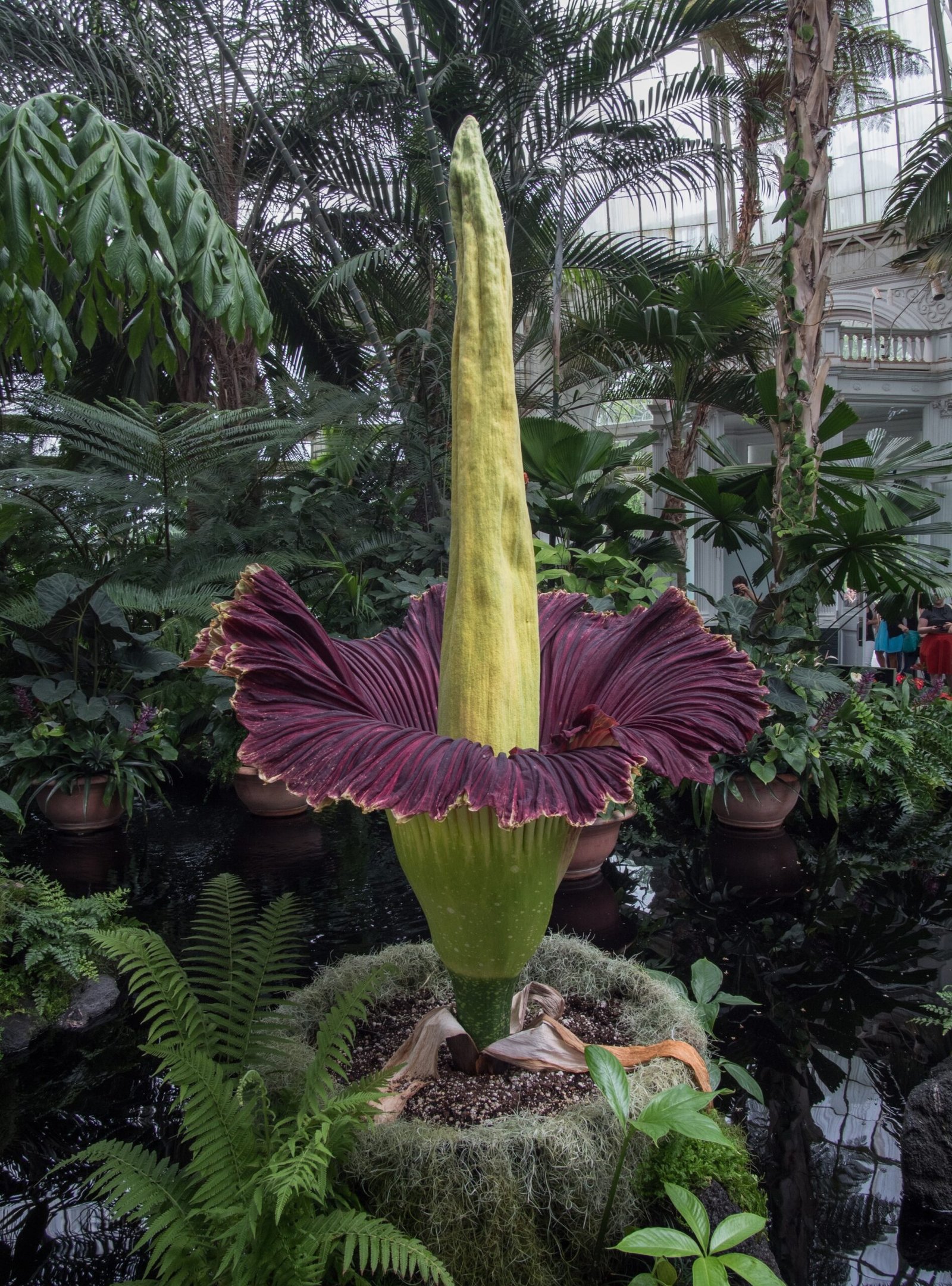
The story of the corpse flower and its kin offers a powerful lesson: nature’s survival strategies are as diverse as they are ingenious. By turning what most creatures run from into an irresistible invitation, these plants remind us that beauty and success can be found in the most unlikely places. Their existence urges us to look beyond appearances and to appreciate the complexity and creativity of the living world. Nature’s oddities, no matter how strange or shocking, are essential threads in the web of life.

